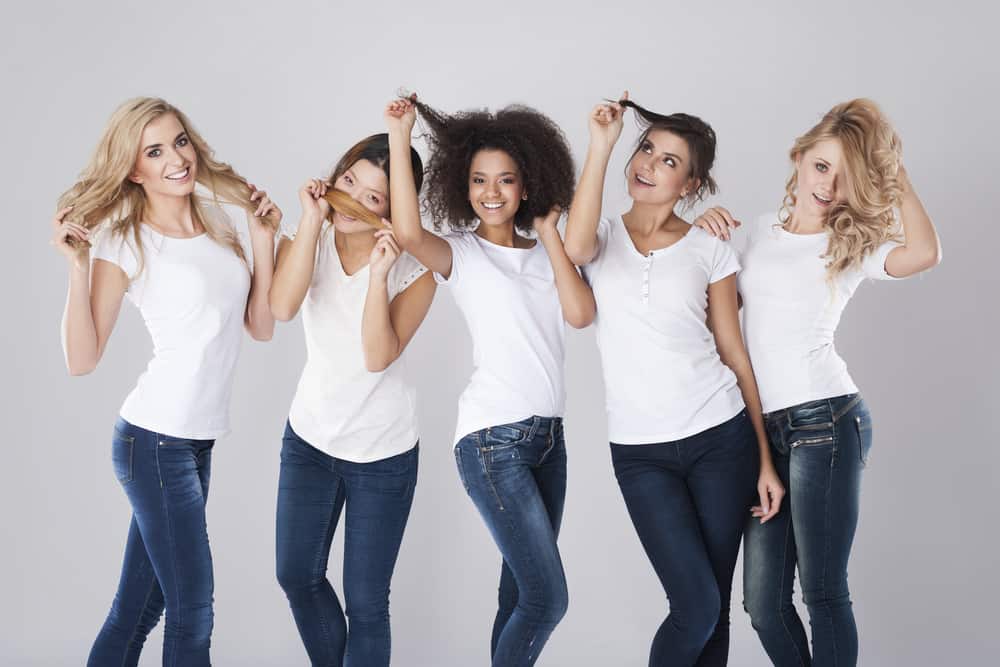
Like your hair color, the type of your hair (the texture of your hair) becomes part of you and your hair “routine” from a very early age. As an adult, you probably notice and feel that the texture of your hair is different than it was when you were five or even 12 years old. Don’t worry; it’s a normal (sometimes unfortunate) part of growing up.
Your hair type, just like other hair characteristics (such as color), is part of your genetic makeup. While everyone’s hair is different, your thick brown, curly tresses may be the spitting image of your great-grandmother’s.
We will discuss the most common types of women’s hair and why your hair type may change throughout your lifetime.
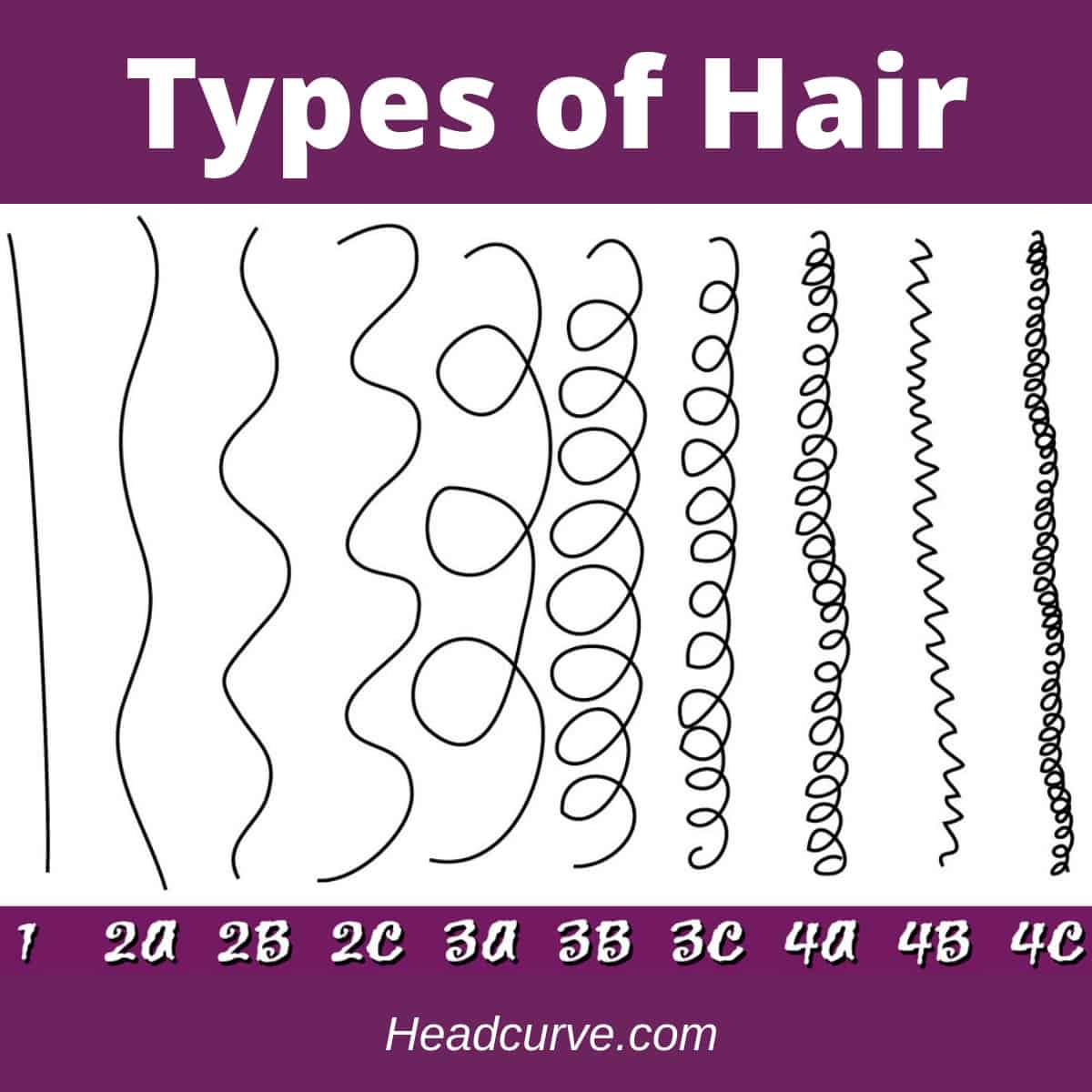
1. Straight Hair
Visit our straight-hair photo gallery.  You have straight hair if your hair has no curls or waves to the strand. Women with straight hair are more likely to have more “oily” hair since the natural oils can easily coat the whole straight strand of hair.
You have straight hair if your hair has no curls or waves to the strand. Women with straight hair are more likely to have more “oily” hair since the natural oils can easily coat the whole straight strand of hair.
Like all other types of hair, straight hair is beautiful, but many straight-haired women wish for curls and waves, and the only way to make this happen is with a curling iron or perm. While straight hair is relatively easy to care for, it can lack volume and be hard to style.
You may think straight hair is straight, but three different types exist.
Type 1A
Type 1A straight hair is fine. It’s soft, shiny, and wispy. It looks and feels “perfect” but often lacks volume. If you have this kind of straight hair, you can follow any of the styling tips for thin hair (such as a layered cut and color.)
Type 1B
If you have type 1B straight hair, it’s a little thicker than fine hair. It also has more volume and is easier to manage. Women with type 1B hair are good candidates for sleek and sophisticated looks (like an updo or a slicked-back look). The hair isn’t too thick to make it hard to manage and not too thin that you’ll see a lot of scalp.
Type 1C
Type 1C is the coarsest and thickest of all straight hair. It can be difficult to manage, and it’s the most difficult to set curls. Long layered cuts may make styling this type of hair the easiest. Shortcuts work well (and feel lighter) but require much maintenance.
2. Wavy Hair
Visit our wavy hair photo gallery. 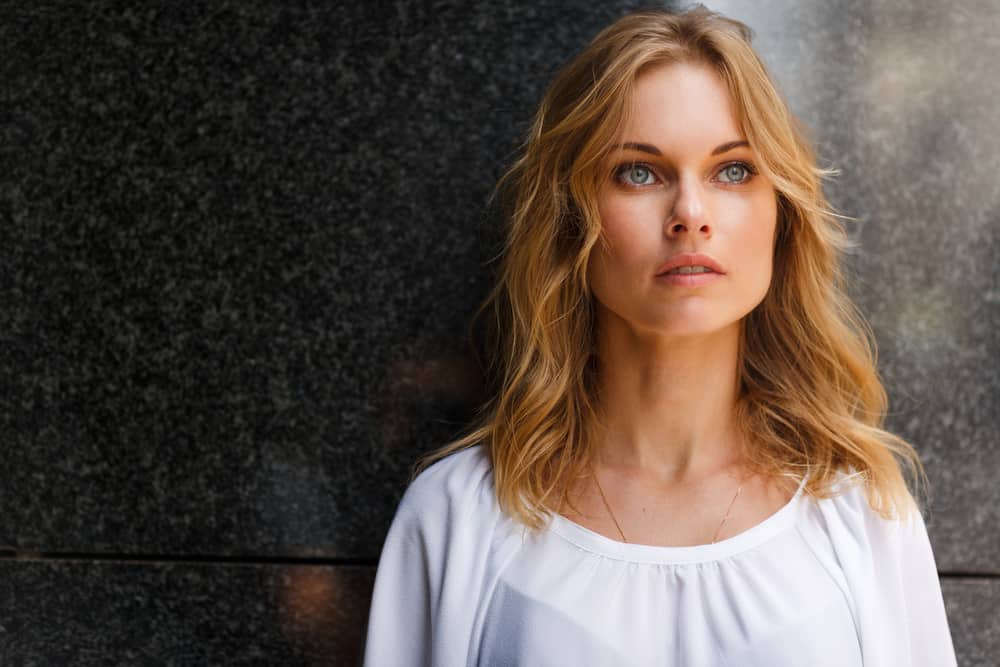
If you have naturally wavy hair, your strands are completely curled, but they form more of an “S” shape than a coil. While many women with wavy hair struggle to live in an in-between world of straight and curly hair, wavy hair is typically not too oily and not too dry.
Like straight hair, there are different types of wavy hair. What type of wavy hair do you have?
Type 2a
If you have type 2a wavy hair, you’ve got a naturally “beachy hair” look, which many women with straight hair try to get with curling irons and lots of hair products. Type 2a has a slight bend to the hair shaft and doesn’t get as frizzy as other types of hair.
Since this type of hair is typically finer, a shoulder-length cut makes the hair type most manageable.
Type 2b
Type 2b hair waves are tighter and more defined than type 2a. Type 2b waves are prone to frizz, but the right hair product can help make this hair type more manageable.
Type 2c
If you have type 2c wavy hair, it may look like you have curly hair, as you might have loose spiral curls. While your waves probably get many compliments on a “good hair day,” frizz can be your biggest enemy.
3. Curly Hair
Visit our curly hair photo gallery. 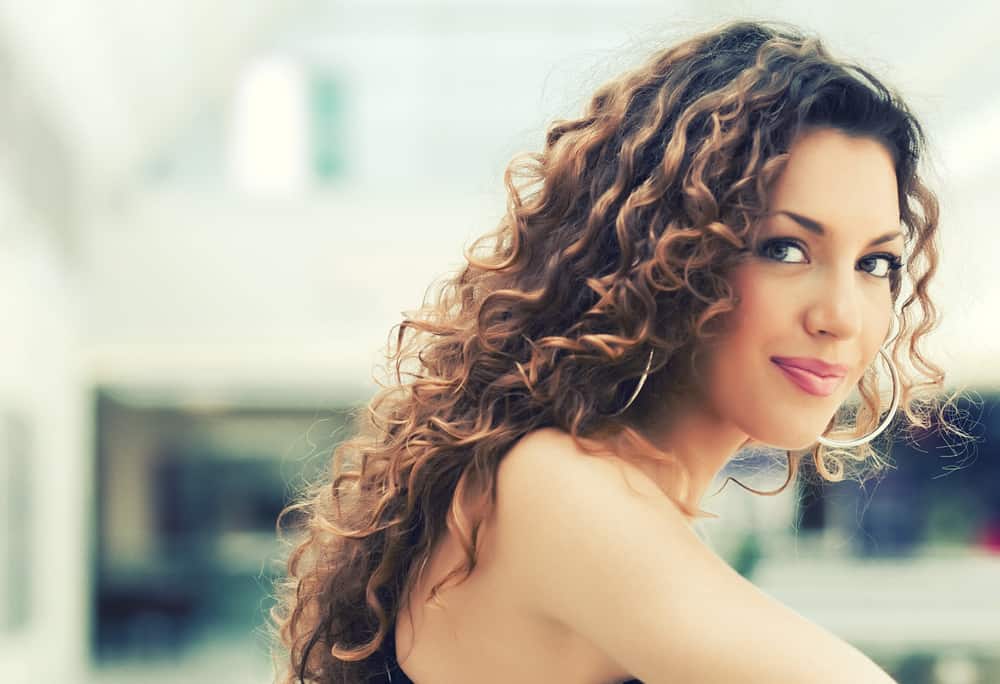
Curly hair has more “true” curls than wavy hair. Women with curly hair can have loose ringlets or tight spirals. Like other textures, there are different types of curly hair based on thickness and curl size.
Even though curly hair can be difficult to manage at times, you don’t need (nor should you) wash your hair every day because your hair is drier than straight hair. While you can enjoy many styles and cuts when you have curly hair, visit a hairstylist with a lot of experience cutting curly hair.
Type 3a
Type 3a curly hair is the finest and has the biggest and loosest curls. Due to the size of the curls, it’s the easiest to manage, even though it’s prone to frizz (like all curly hair).
Type 3b
If you have type 3b curly hair, you have the springy ringlets that other women envy. Your curls aren’t too thick or too delicate. With a proper moisturizing product, you can maintain your picture-perfect curls.
Type 3c
Type 3c curls are a hybrid of bouncy and tight corkscrew curls. If you have type 3c curls, you probably notice that your curls are coarse and not as soft as you’d like. Using the right product can help soften your curls a bit.
4. Coily Hair
Check out our fabulous gallery of women with oily hair. 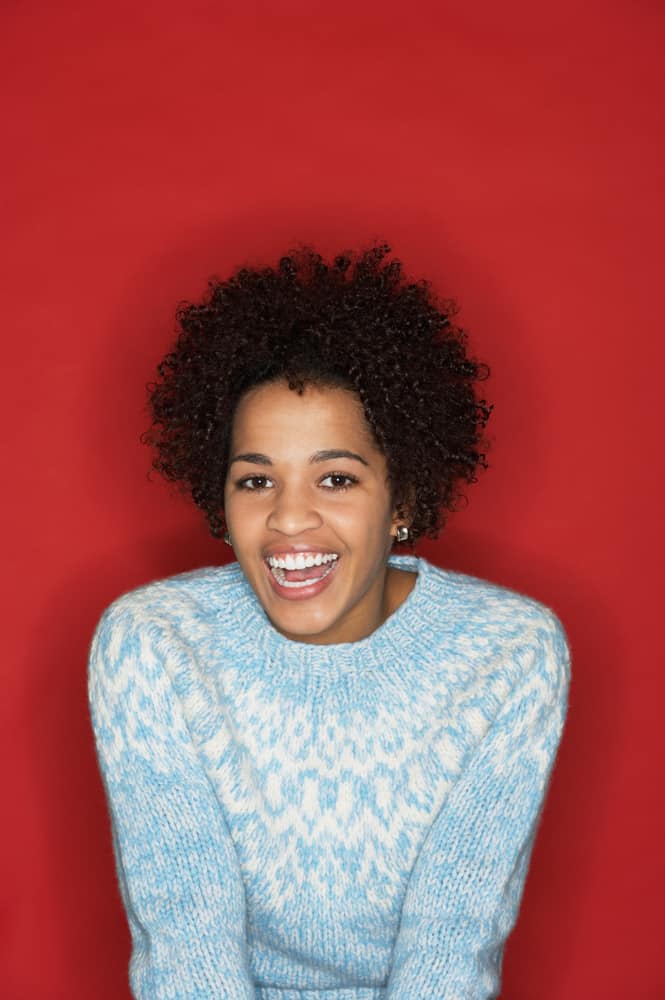
Coily (or kinky) hair is a variation of curly hair, and women with oily hair can have a mix of “Z” and “S” curls. Women with curly hair often opt to keep their hair short or have dreads to make oily hair more manageable, but various styles look great. Like other textures of hair, oily hair has three types.
Type 4a
Type 4a oily hair has a fine texture and can often appear “wiry.” This type of oily hair appears thick due to the tightly coiled s-curls. While some women with Type 4a curls may be hesitant, let their curls be as is, put away the hair straightener, and let your curls do their natural thing.
Type 4b
Type 4b coils have more of a Z-shaped pattern (rather than an S-shape). While this oily hair is soft to the touch, it is also more fragile and varies in thickness.
Type 4c
Type 4c oily hair is very similar to 4b hair, but because there are more z-shaped curls, the whole head appears to have a shape (think of an afro). Sometimes, with oily hair, it’s best to embrace the natural shape of the curls rather than trying to tame or manipulate them.
5. Thick Hair
See more in our women’s thick hair gallery here. 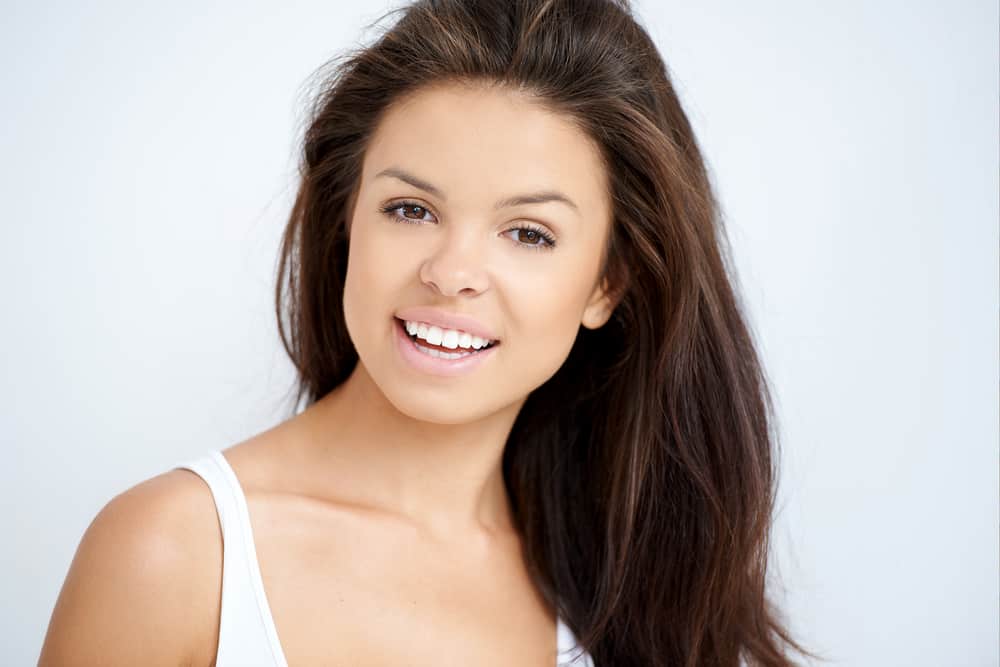
Many people assume that if they have a lot of hair, they have thick hair. While this may be true, it’s not the same for every woman. Don’t know if your hair is thick or thin? One easy way to find out (other than asking your stylist) is to take one strand of hair and put it between your thumb and forefinger; if you feel the strand, you have thick hair.
Another quick way of determining if your hair is thick is to grab a section of hair (as if you were preparing to put up a ponytail). If your scalp is barely visible, you have thick hair.
Women with thick hair can also have straight, wavy, or curly hair. There are no “rules” for hair types, and you’ll find that every woman has a different combination of thickness/texture.
While thick hair is often the envy of women everywhere, it can be hard to manage and feel heavy. Getting a haircut with layers or a bob can highlight all the best features of thick hair while making your heavy head more manageable.
6. Thin/Fine Hair
Check out our gallery featuring women’s hairstyles with fine hair.
https://www.instagram.com/p/BYsS2BlFVyR/
If you want to determine whether or not you have thin hair (sometimes known as “fine” hair), you can try out all the “tests” we mentioned earlier, and if your results are all the opposite of someone with thick hair, you probably have thin hair.
Thin hair doesn’t necessarily mean that your hair will fall out or that you’ll go completely bald; it just often looks like you have much less hair on your head (even if you have a lot). If you want thicker hair, you’ve probably noticed hundreds of products and formulas designed to thicken hair; use caution with any products claiming to thicken your hair.
While your thin hair comes from genetics, you may also find some success with thickening your hair if you live a healthy lifestyle and eat a well-balanced diet; vitamins can help, too. If you’re eager to try out a few natural home remedies for thickening your hair, try them out, but remember there’s no guarantee.
A layered cut with some added color is a great look for a woman with thin hair, as it’s a cut that makes the hair look thick.
Some Reasons Why Your Type of Hair May Change
Did you have shiny and thick hair as a kid, but now it feels thin and a little coarse? Changes in your hair, particularly as you grow older, are normal. While changes in hair can happen for several reasons, we will discuss some of the most common contributors.
Hormonal Changes
Have you ever noticed how great a woman’s hair looks when pregnant? Thanks to the extra estrogen, a woman’s hair stops shedding, and her hair is longer, fuller, and looks luxurious overall.
New mothers notice excessive hair shedding after the baby is born, and the estrogen levels return to normal. While this may be worrisome (and may seem like a lot), it’s making up for all the normal shedding cycles skipped during pregnancy.
Hormonal changes in women who aren’t pregnant can affect one’s hair, and if you’re concerned, see your doctor.
Lifestyle and Diet
If your hair has become noticeably coarse and brittle, your diet could miss something important. Eating more omega-3 fatty foods like salmon, eggs, and kale can make your hair look and feel healthier. It’s always a good idea to take a daily multivitamin, too.
Over Processed Hair
Have you spent years dying, perming, or straightening your hair? While it’s always fun to have a different hairstyle, your hair can change a lot due to over-processing your hair. Your hair may never return to how it was before processing, but you can give it a break and a little TLC to help it return to life.
Aging
As you age, there’s a good chance that you will see more gray or white hairs taking over your head. Gray hair is coarse and a little drier than what you might be used to with your hair type. While you cannot do much to prevent grays, you can use products that make your hair type softer and more manageable.
Other Causes
Other causes of changes in a woman’s hair type may include chemotherapy treatments or certain types of medication. While a hair type may not return to its original type after medications or treatments are completed, women should talk with their doctor if they have any concerns about their hair.
Loving Your Hair As Is
Your hair type makes you as unique as other features on your body. While there are many things that you might wish you could change about your hair type, there are some great things you can embrace and appreciate.
Today, many natural and gentle hair products (and many knowledgeable stylists) can help you make the most of the hair type you were born with and wear it confidently.



